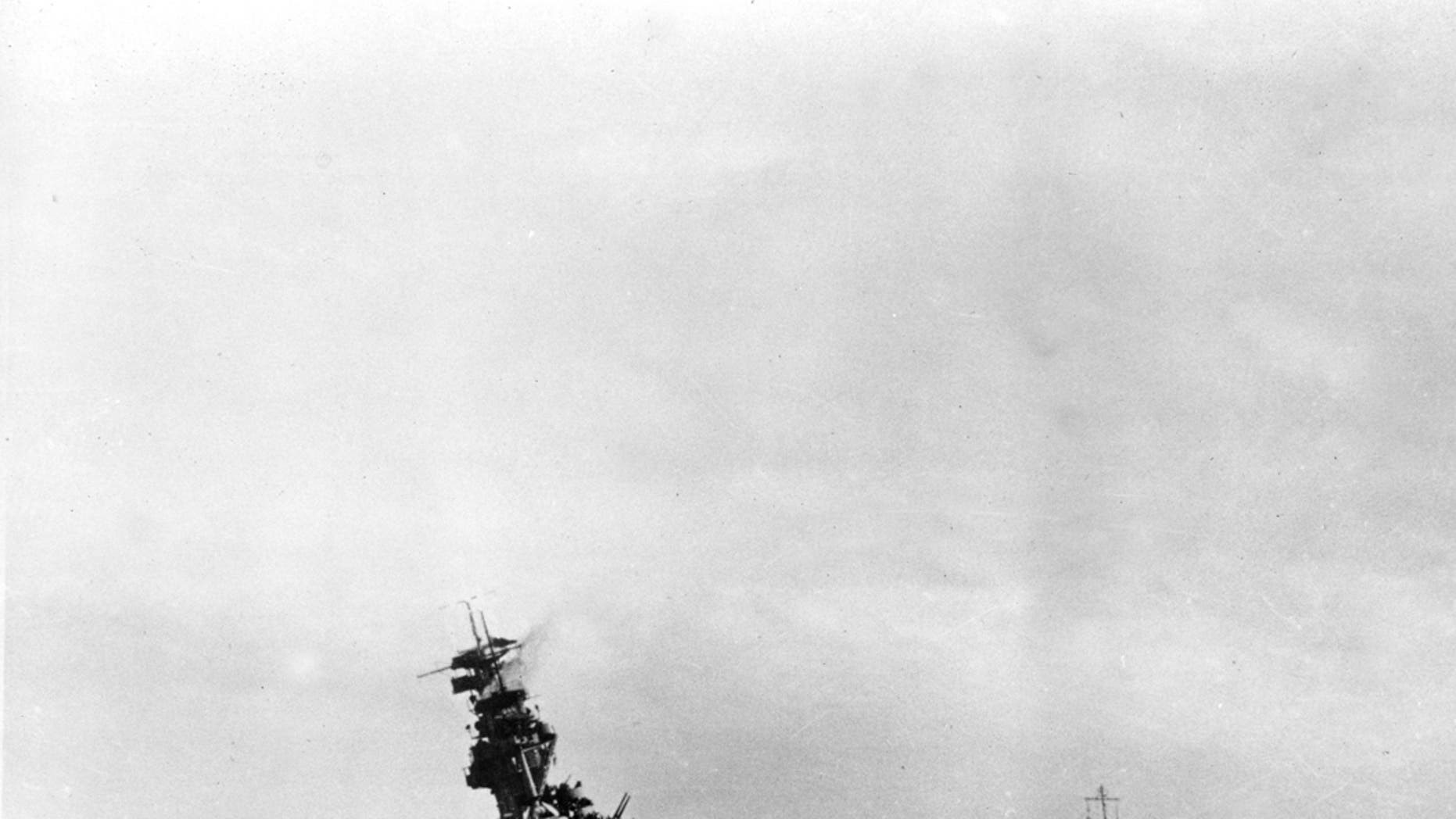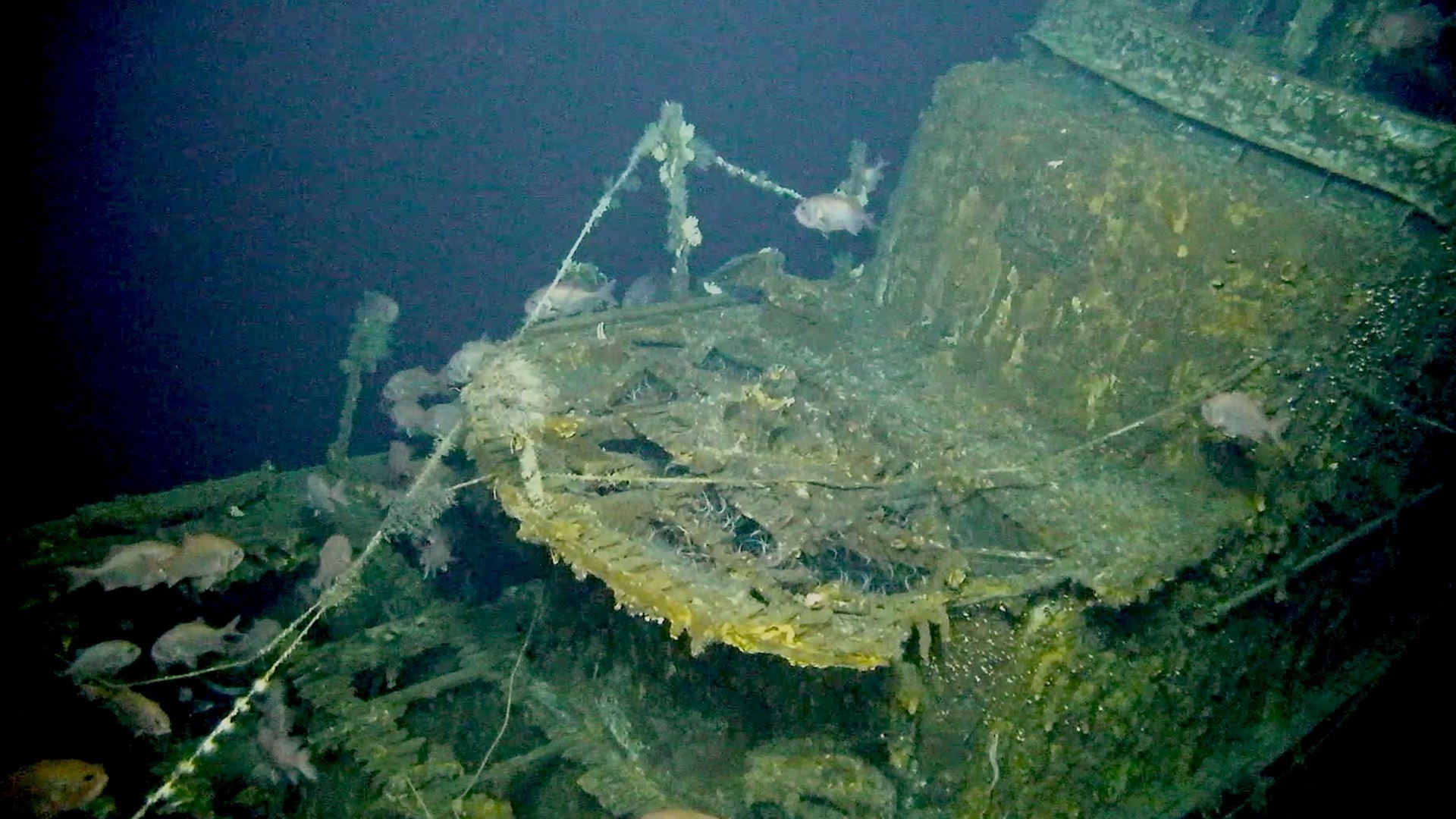

"The first year of the war, it was touch and go.

(Ret.) Samuel Cox, director of the Naval History and Heritage Command. Her pilots and her aircrew, with their courage and sacrifice, were the ones that held the line against the Japanese when the Japanese had superior fighter aircraft, superior torpedo planes and better torpedoes," said Rear Adm. Navy at the lowest point after the start of WWII. Navy carrier, paving the way for future collaboration between the armed forces.ĭeep sea explorers discover WWII aircraft carrier USS Wasp After Wasp's first mission to Malta, Prime Minister Winston Churchill, fearing that the nation would be "pounded to bits," asked President Roosevelt to allow Wasp to have "another good sting." Aside from providing vital enforcements in WWII, Wasp was the first ship to launch U.S. Wasp also aided two very important missions to Malta, a location being hit daily by German and Italian planes. The P-40 planes that Wasp carried provided the defensive fighter cover necessary to watch over the American forces.

In 1941, Wasp was assigned to ferry vital army planes to Iceland, supplementing for a lack of British aircraft to cover American landings. "Paired with the discovery of USS Hornet announced in February, we're excited to start out the year with these momentous discoveries." He was dedicated to honoring the brave men who fought for our country," said Robert Kraft, director of subsea operations for Vulcan Inc. The sunken aircraft carrier was found in the Coral Sea, 4,200 meters (nearly 14,000 feet) below the surface. Of the 2,162 on board, 176 were killed as a result of the attack. 15, 1942, by four Japanese torpedoes from the Japanese submarine I-19 while escorting transports carrying the Seventh Marine Regiment to Guadalcanal as reinforcements. Allen's research vessel (R/V) Petrel discovered wreckage from USS Wasp (CV 7), which was sunk in 1942. The expedition crew aboard the late Paul G.


 0 kommentar(er)
0 kommentar(er)
